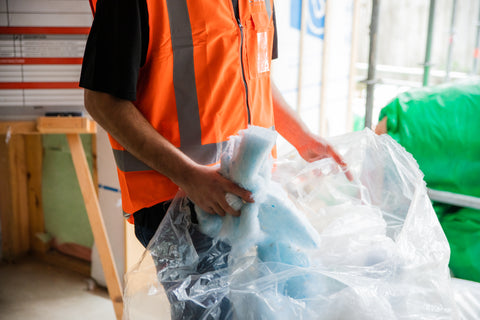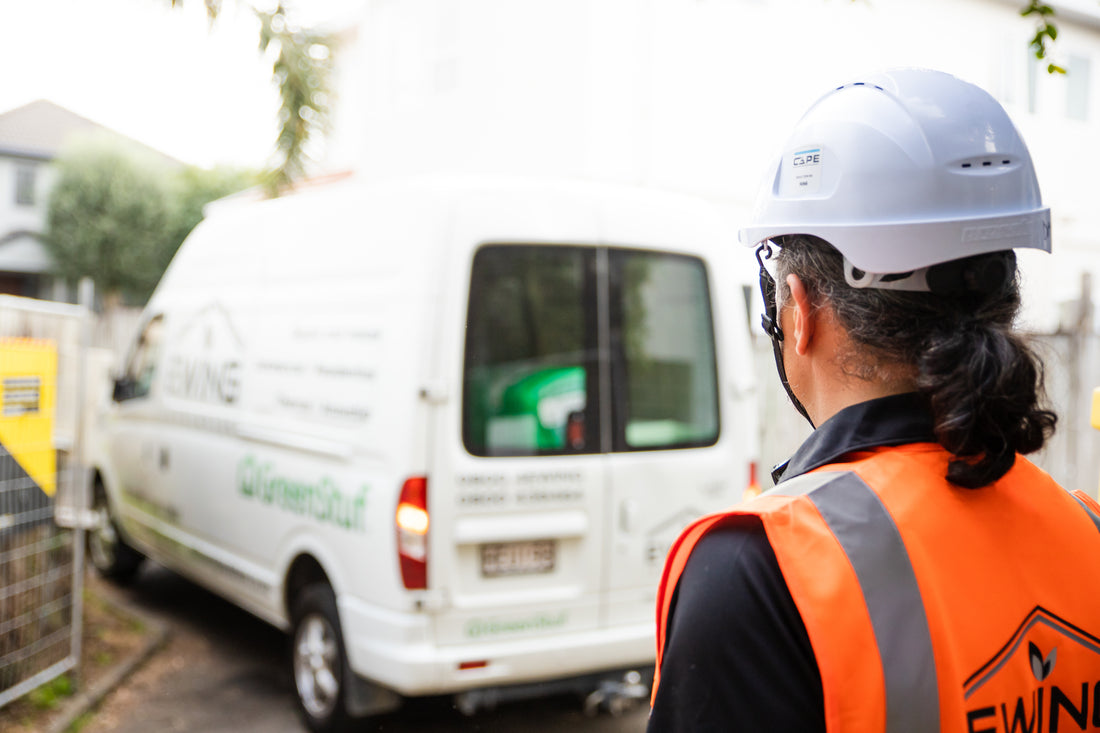At GreenStuf® we have a strong focus on protecting our environment and ensuring that we are promoting sustainable behaviour. That is why we have created the GreenStuf Takeback Programme.
Focused on being an accessible and easy to use recycling process, we are wanting to provide a sustainable solution for those looking to remove GreenStuf insulation, off cuts and packaging that may no longer be needed.
To ensure that returned material can be recycled, the GreenStuf Takeback Programme requires all material to meet the below requirements.

We will accept:
- Uncontaminated GreenStuf insulation
- GreenStuf plastic bags
We won’t accept:
- Other insulation material such as fiberglass
- Contaminated GreenStuf insulation and GreenStuf plastic bags (e.g woodchips, metal, liquids, and other foreign objects)
Here are a few frequently asked questions to help you get to know the GreenStuf Takeback Programme a little better.
1. Where do I take my GreenStuf insulation that is suitable for recycling?
22 – 24 Miami Parade, Onehunga. This address is on the bale insert provided with your GreenStuf insulation. There is GreenStuf signage on bins outside the site to make it clear as to where material should be dropped off.
2. How do I know if my GreenStuf insulation is suitable for the Takeback Programme?
If the material you plan to recycle is clean and free of contamination of solid materials, then there should be no issues.
3. Is there a cost associated with bringing material in?
There is no cost associated when recycling through the Takeback Programme.
4. Is there a requirement around how much material I need to bring in?
There is no minimum requirement of material for this initiative. We encourage anyone and everyone to recycle their GreenStuf waste through the Takeback Programme.
5. Is there anyone else I should involve in this process?
- Project Manager
- Site Manger – responsible for ensuring a clean and tidy area during the installation to avoid contamination.
- Installation Manager – responsible for the collection and return of waste material.
6. What happens to the recycled GreenStuf?
It gets reprocessed and turned back into new insulation.
